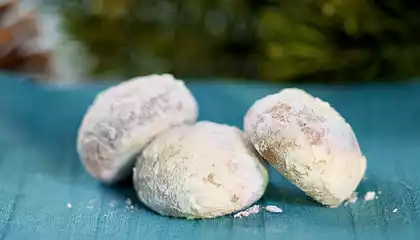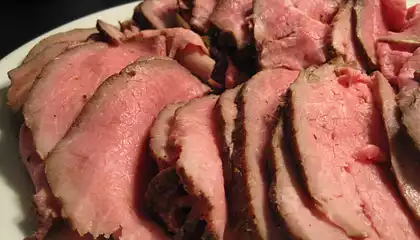Pepper

Pepper is the dried berry of Piper nigrum. This vine which can grow up to ten feet tall is indigenous to India and Asia. Pepper is actually berries that are picked about nine months after flowering.
Contents
Pepper is the dried berry of Piper nigrum. This vine which can grow up to ten feet tall is indigenous to India and Asia. Pepper is actually berries that are picked about nine months after flowering.
(This is true pepper, and should not be confused with paprika, cayenne pepper, chili pepper, red pepper, and bell pepper, which are fruits from the capiscum family.) Black Pepper, the spiciest, is berries that are picked unripe.
The berries used for White Pepper are ripened on the vine and soaked so that their outer hulls are easily removed. Green Peppercorns are immature berries which are freeze-dried or packed in brine for preservation.
Region Produced
Pepper is grown in India, Indonesia, Malaysia, and Brazil.
Traditional Uses
Pepper is a universal table condiment used to flavor all types of dishes in cuisines worldwide. It's commonly used in stocks, pickling, and sausages.
Aroma/Taste
Black Pepper has a sharp, pungent aroma and flavor. White Pepper is hotter, less subtle and mildly fermented. Green Peppercorn is milder in flavor and has a fresh taste.
History
Since the Roman times, Pepper has been the most important spice. The cities of Alexandria, Genoa, and Venice owed their economic success to Pepper.
Three thousand year old Sanskrit literature mentions Pepper. It was one of the earliest items traded Asia and Europe.
In 1101, victorious Genovese soldiers were each given two pounds of Pepper as a gift for their successful Palestinian conquest.
In the Middle Ages, Europeans often used Pepper to pay rent, dowries, and taxes, and Shakespeare mentions Pepper in his plays. The need for Pepper inspired Spanish exploration and spice trade in the 15th century.
Storage
Store in cool, dark, dry places.
Ideas
Coarsely crack Whole Peppercorns with side of a wide chef's knife and rub on to steaks and chops. Create a unique flavor depth in spice cakes, gingerbreads, and ginger cookies with a pinch of finely ground Black Pepper.
Use black pepper to spark barbecue sauces, meat marinades, and vegetable stir-fries. Sprinkle over chowders, cream soups, and tomato and egg dishes.
Mix with sour cream or yogurt for a lively baked potato or vegetable topper. Add Whole Black Peppercorns to soups and stews, and the liquid used to poach seafood, meat, and poultry. Simmer whole black peppercorns in fresh fruit compotes for a delicate, warm spiciness.



Comments